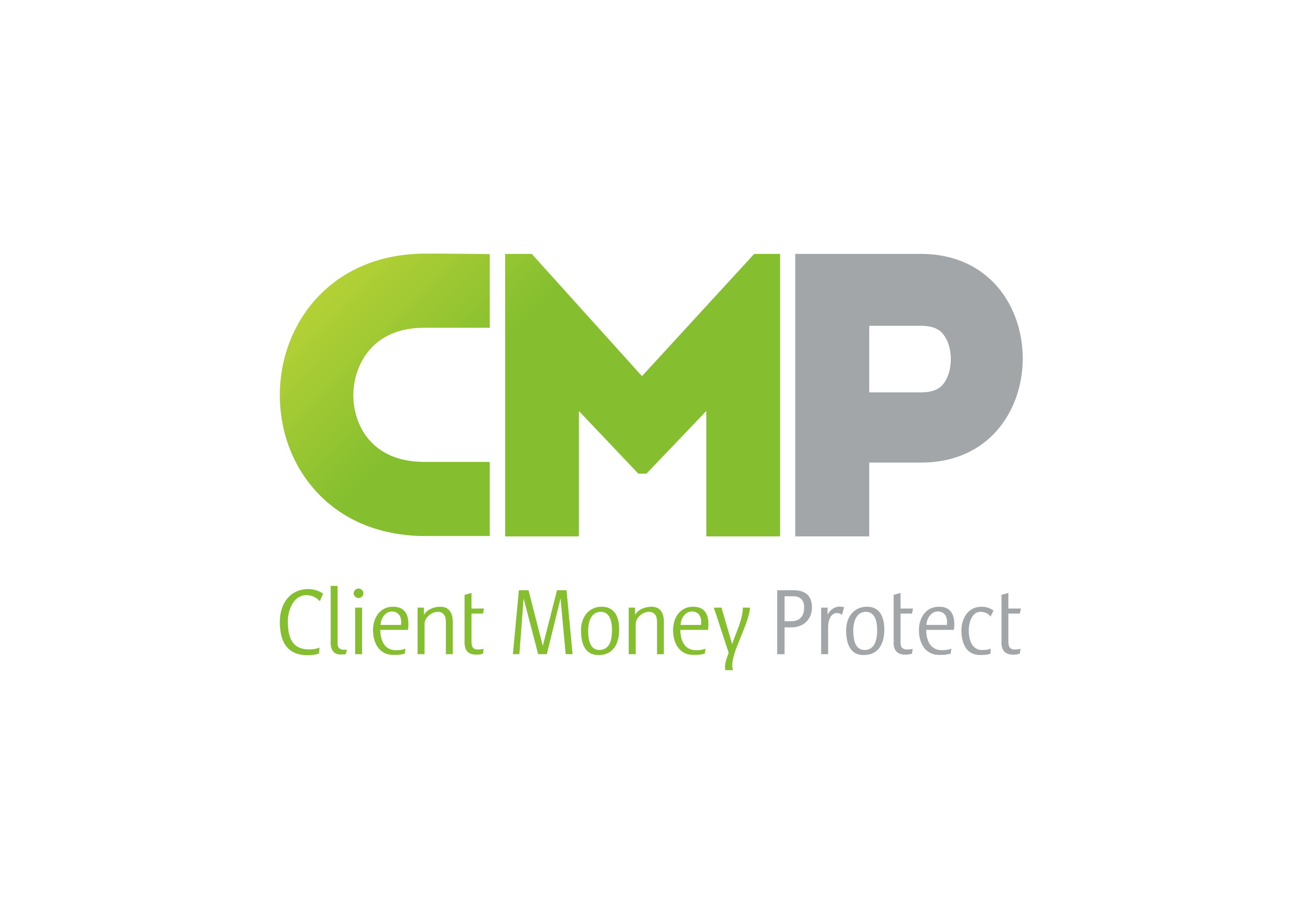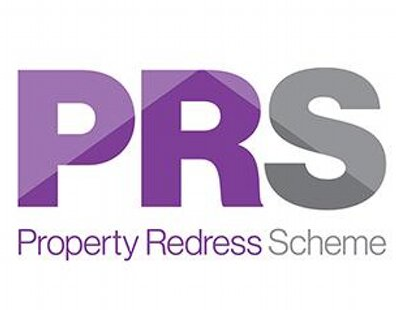Top tips for Landlords
The Changing Rentals Market
Although home ownership is higher than ever, many people still choose to rent. This is due to the change in the economic and social environment over the past 20 years, which has introduced:
- New legislation that protects both Landlords and Tenants
- Relocation Agents who specialise in relocating employee
- Wide range of buy to let mortgages
- Rising property prices, preventing or delaying people’s entry on to the property market
- Increased number of single person households
Preparing your Property
When people want to live in your property you will have the pick of the tenants. Ensuring that your property is attractive to the rentals market will increase your chances of keeping it occupied through the year.
The Right Tenant
A successful property lettings starts with the ability to find a suitable tenant for your property. Whilst each individual has different needs, expectations and housing habits the market consists of:
- Corporate Tenants
- Professionals
- Families
- Single, Separated or Divorced Individuals
- Young people
- Home Movers
- Sharers
Rent
We will recommend the appropriate rent for your property, depending on the area, size and quality of the property. It’s also worth spending a little time researching achievable rents for your property so that you have a rental price in mind.
Unlike house prices, the rental market does not follow a trend. The fact that house process may have risen in a particular area do not mean that the rents will have done the same.
As a landlord, you will want to achieve the highest possible rent for your property, which Duffin’s will assist in you doing so. However, it is important to be realistic. Overpriced properties will attract very little interest which will increase your void period and thus result in you having to pay council tax or charges to utility companies.
In addition to the rental income you will also need to budget for a number of necessary costs.
It’s worth highlighting what these costs are so you can budget for them. This is especially important as ultimately you are responsible for these costs whether the property is occupied or not.
Insurance Premiums. Premiums for buildings insurance vary by area, type and size of property but allow for between 2 and 3% of the rent. For furnished property allow between another 1 and 4% of the rent depending on the level of furnishing.
Replacing Fixtures and Fittings. Allow for 10% of the rent each year to replace worn out fixtures, fittings and furnishings. Also, be prepared to re-decorate every few years.
Maintenance. Things break down and need to be maintained over time. You will need to allow a percentage of the rent to cover this. The type, age and condition of the property will obviously have an effect on repairs and maintenance of the property, so this should be taken in to consideration when choosing your property to purchase.
Ground Rent & Service Charge. If the property is leasehold you’ll have to pay these charges
Mortgage. Of course, your biggest cost is likely to be your mortgage. Many buy-to-let mortgage lenders will only lend up to 80% of the property value, so you’ll need to put in some money yourself which of course has a cost too! Once you have deducted all these costs from the rent, you end up with your net expected rental income.
Yield
If you divide this into the value of the property, including all the costs associated with buying it, you have the net rental yield.
Deposit
We advise that a deposit of 4 weeks rent is taken on a rental property; this may be increased if the tenant has a pet or the property is of a particular high standard or furnished for example. Duffin’s use the Government back deposit scheme called the DPS.




